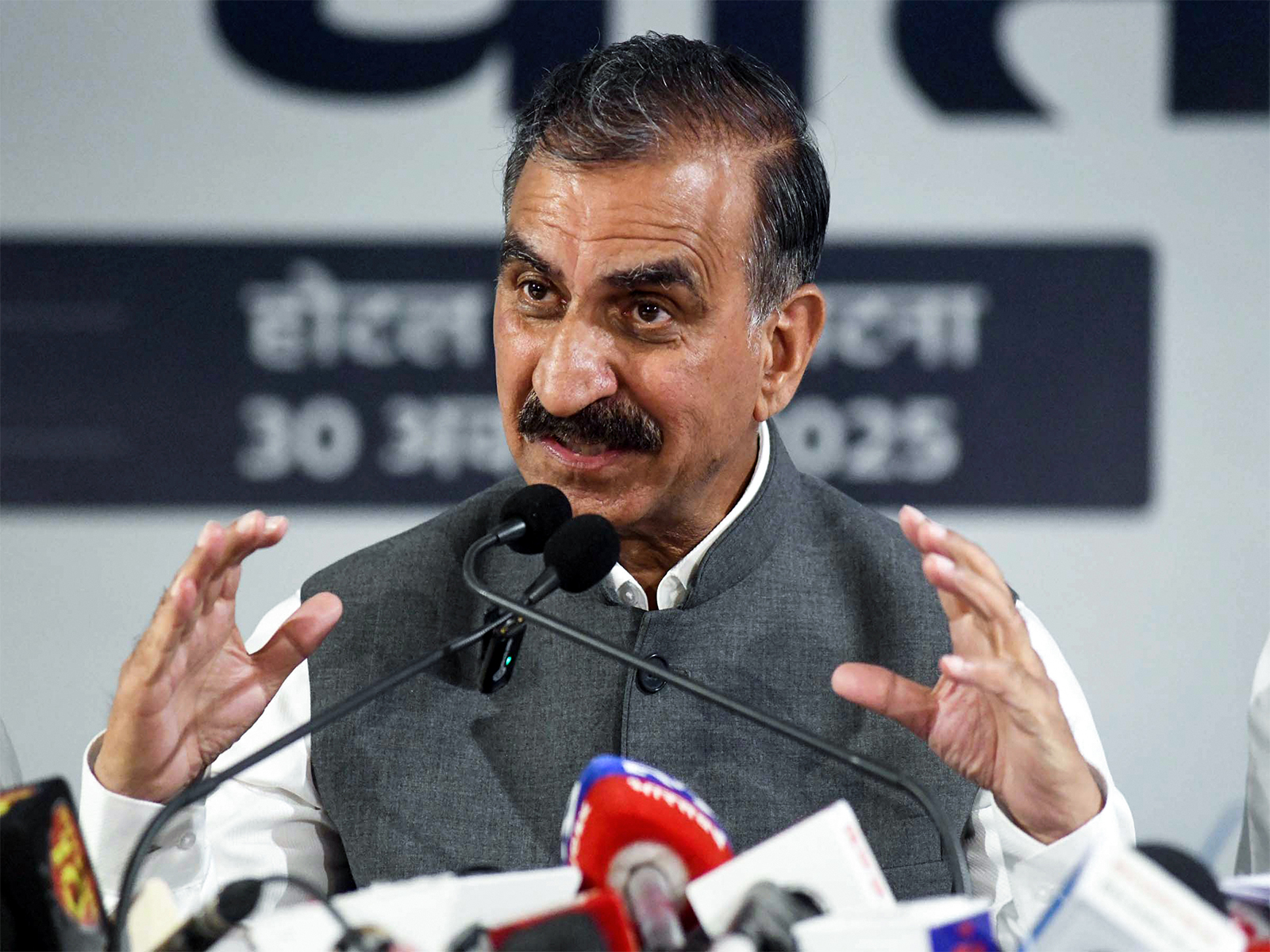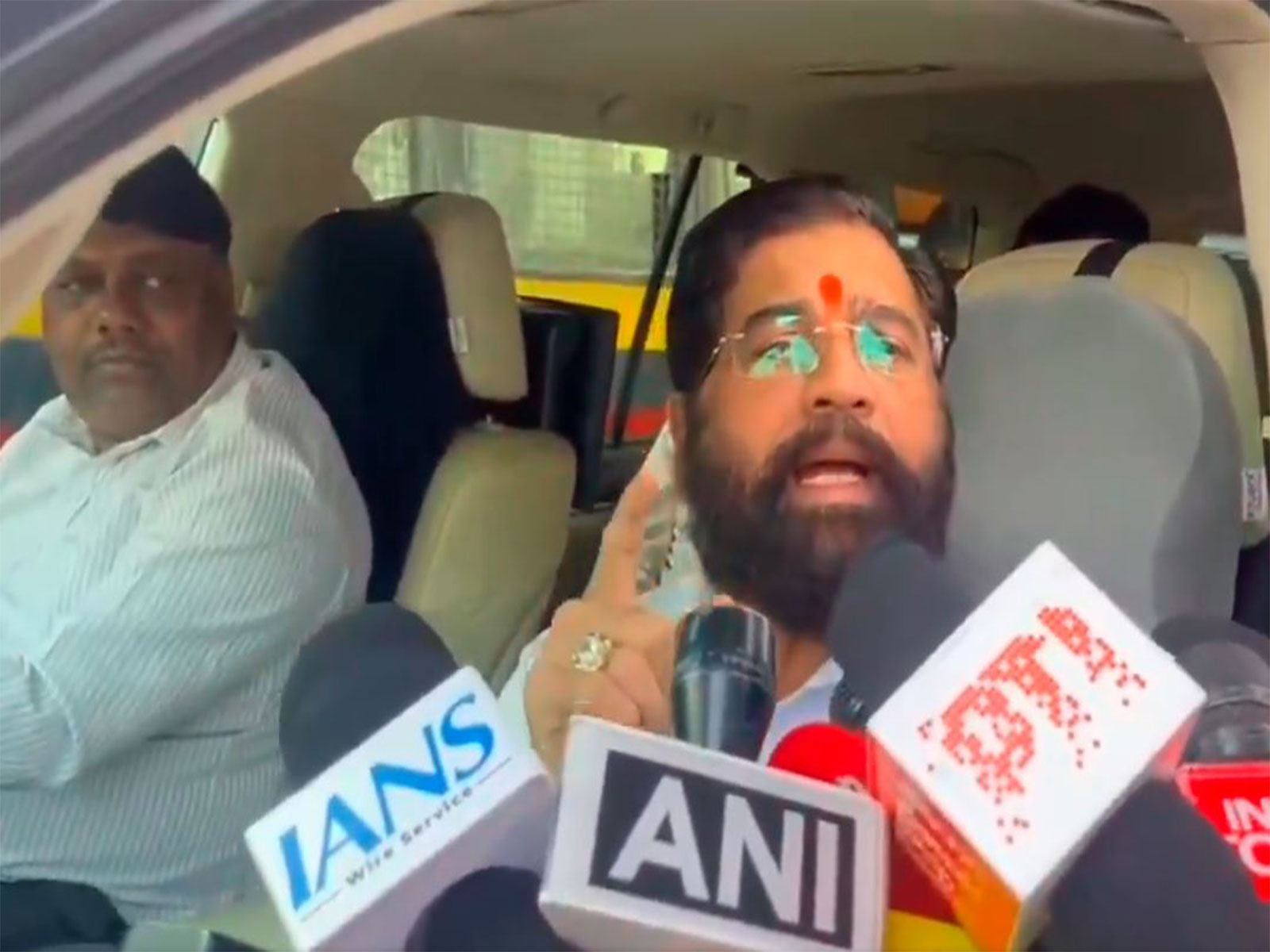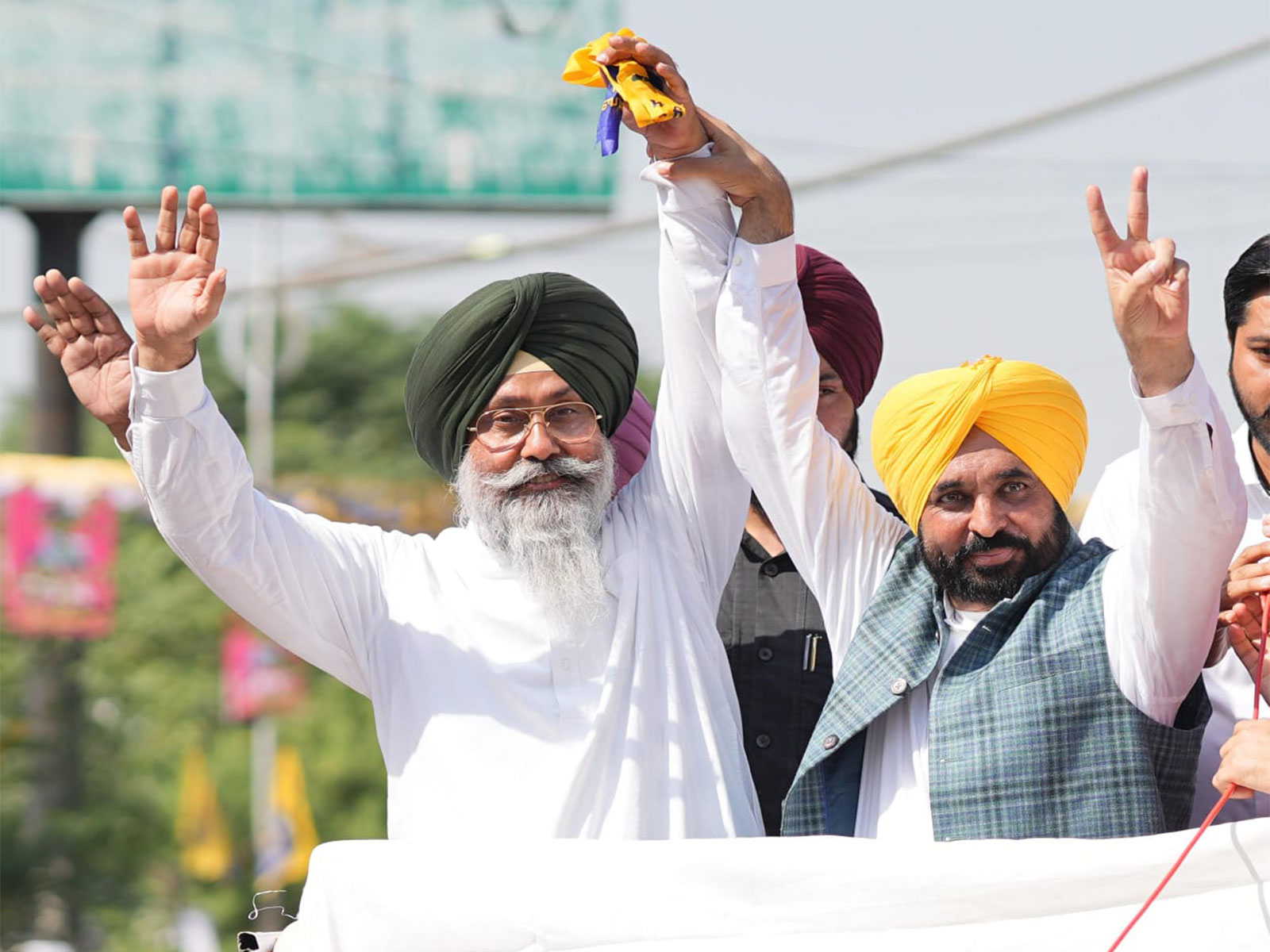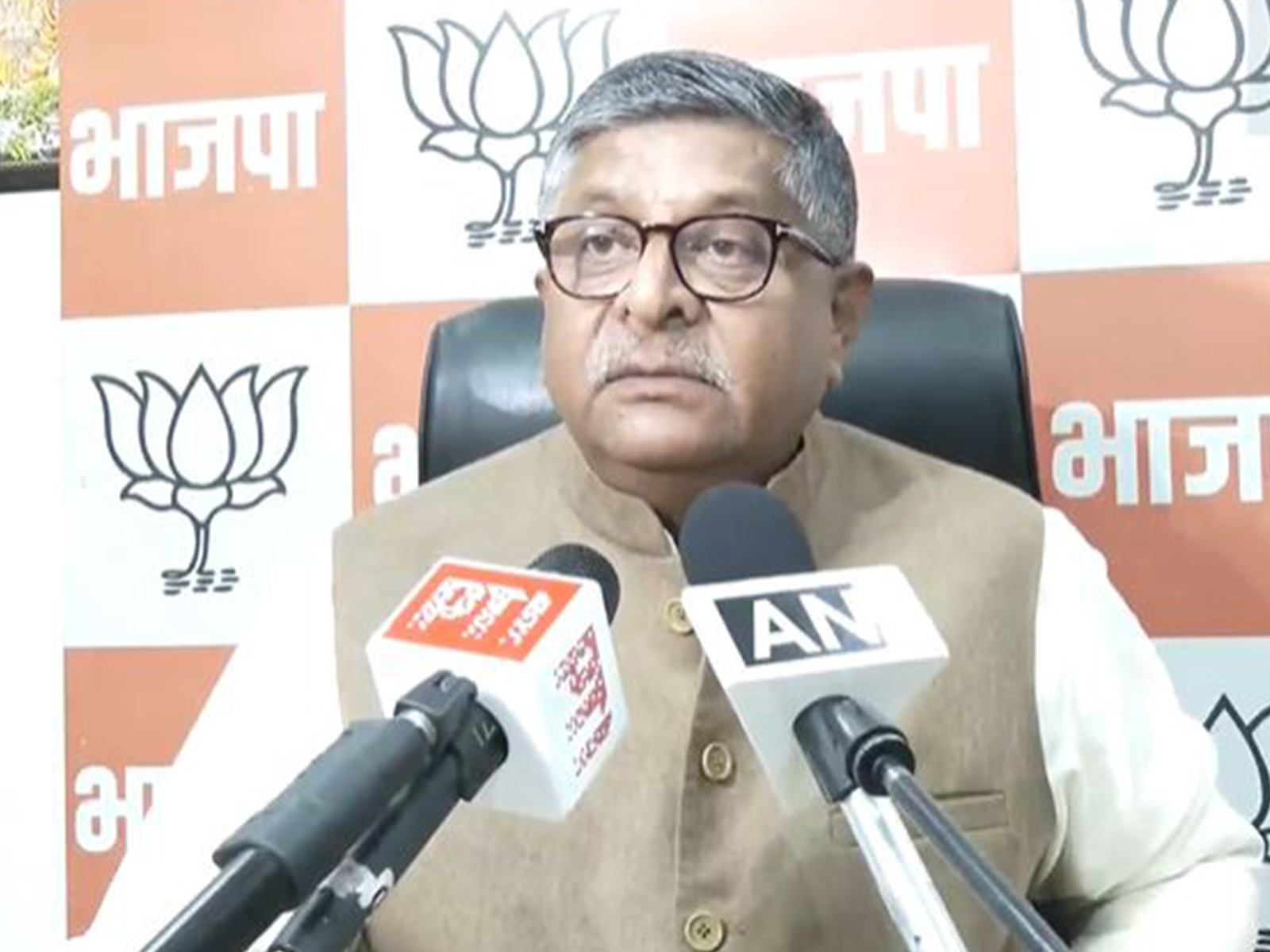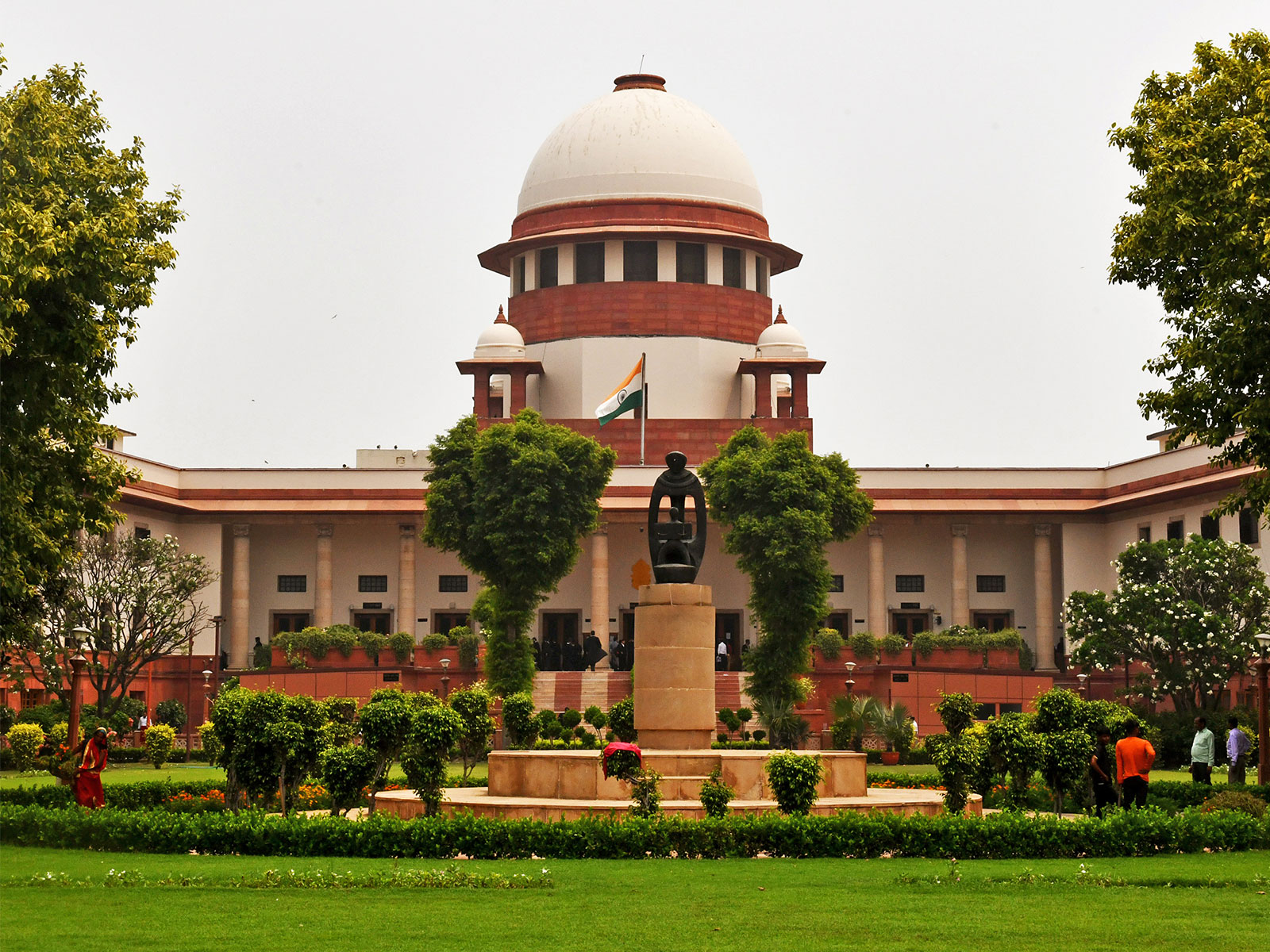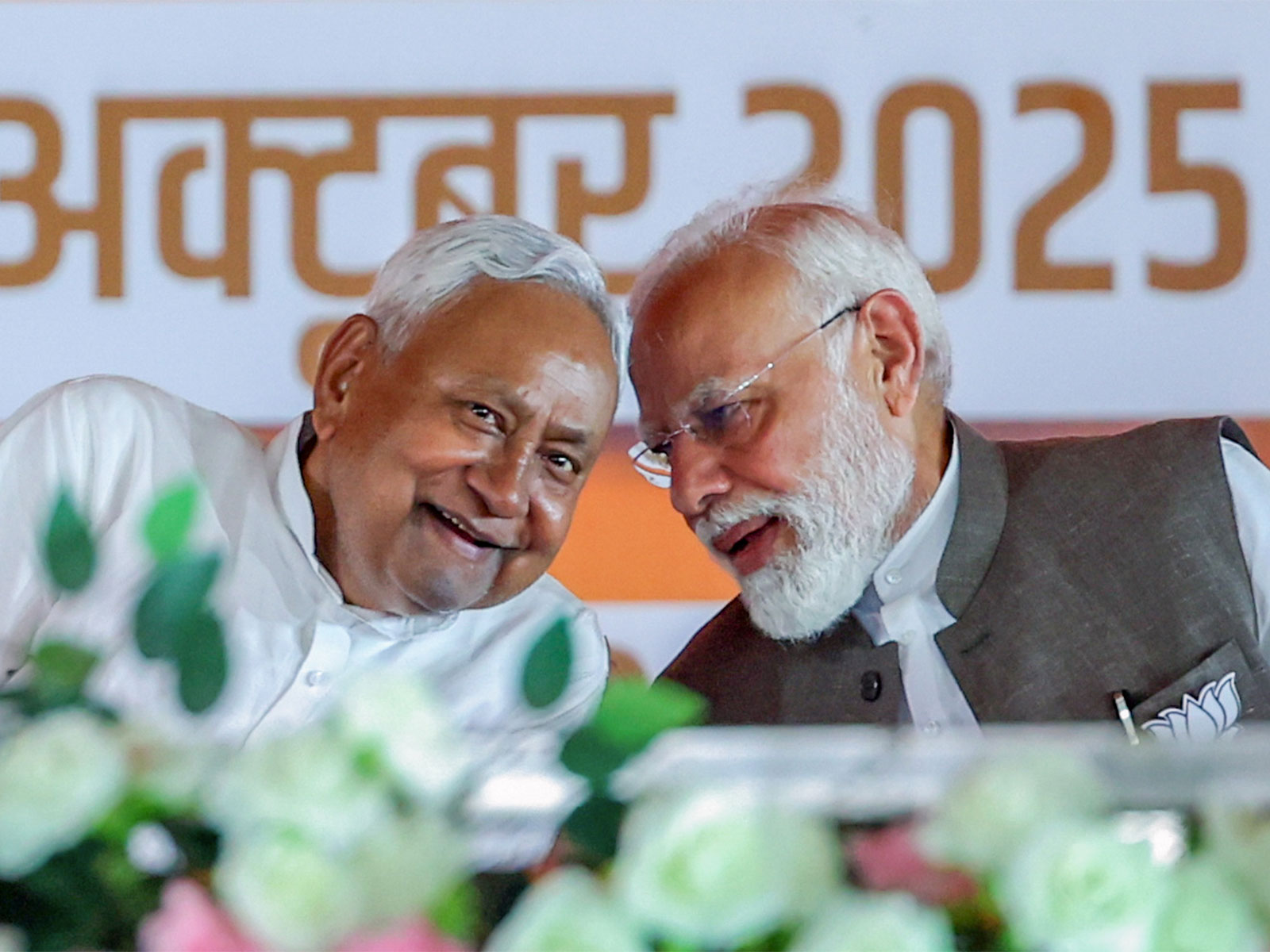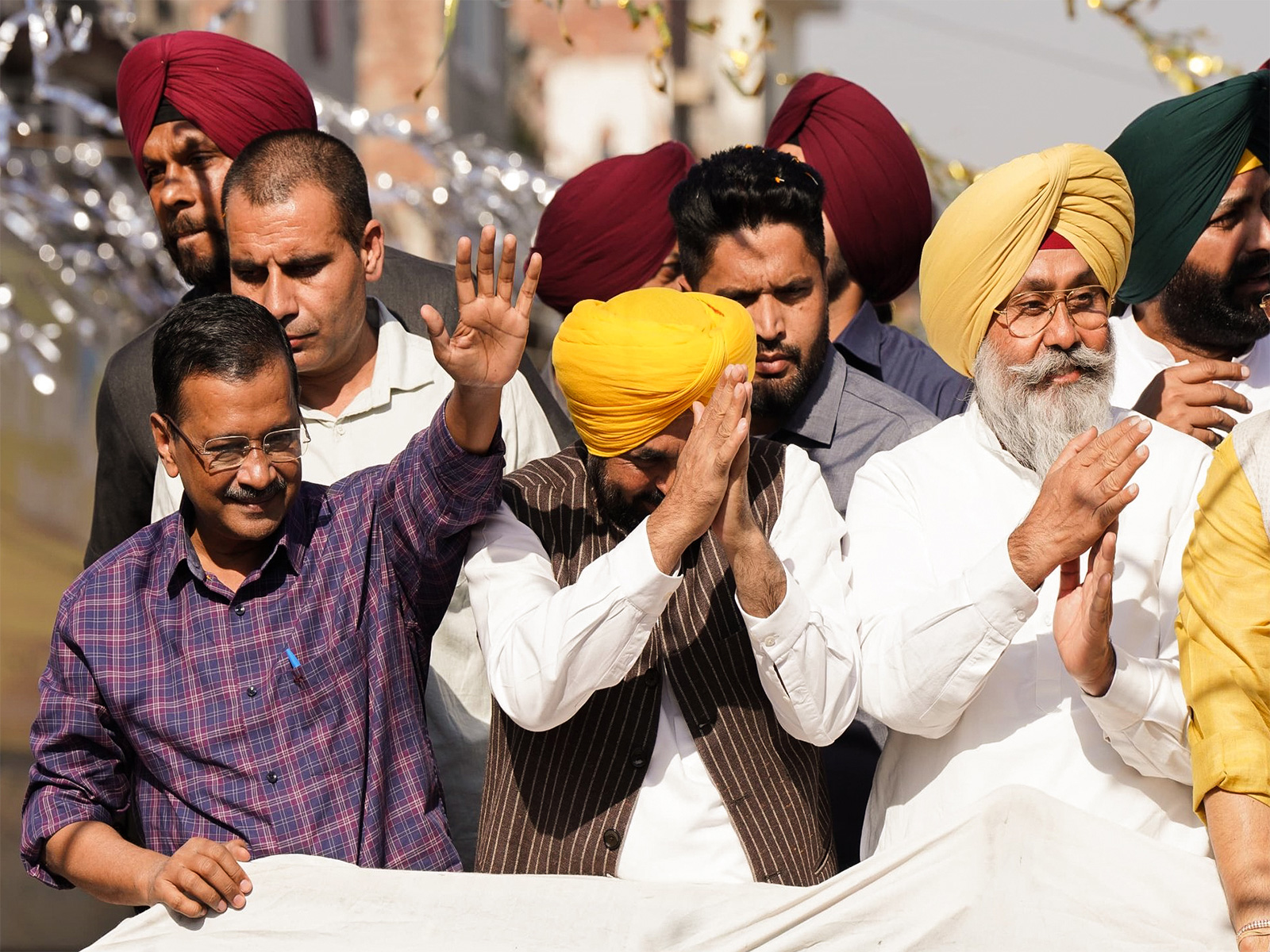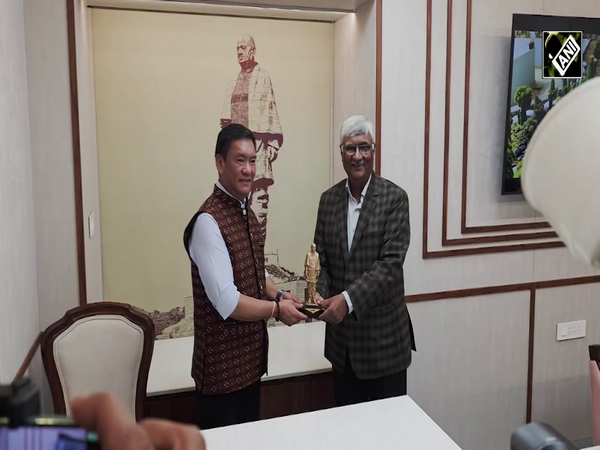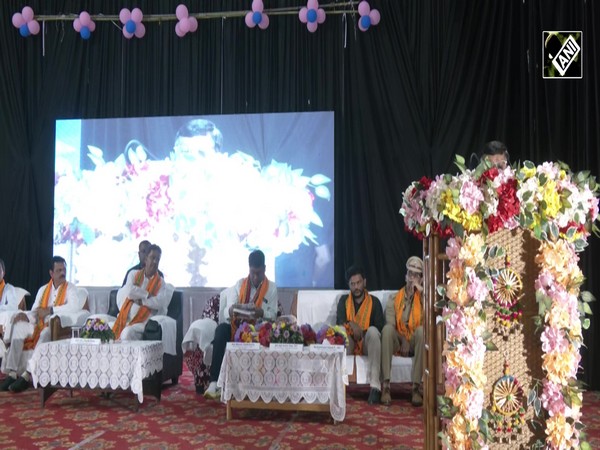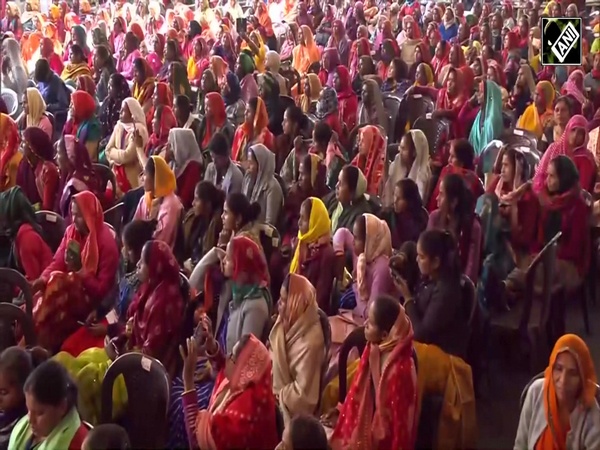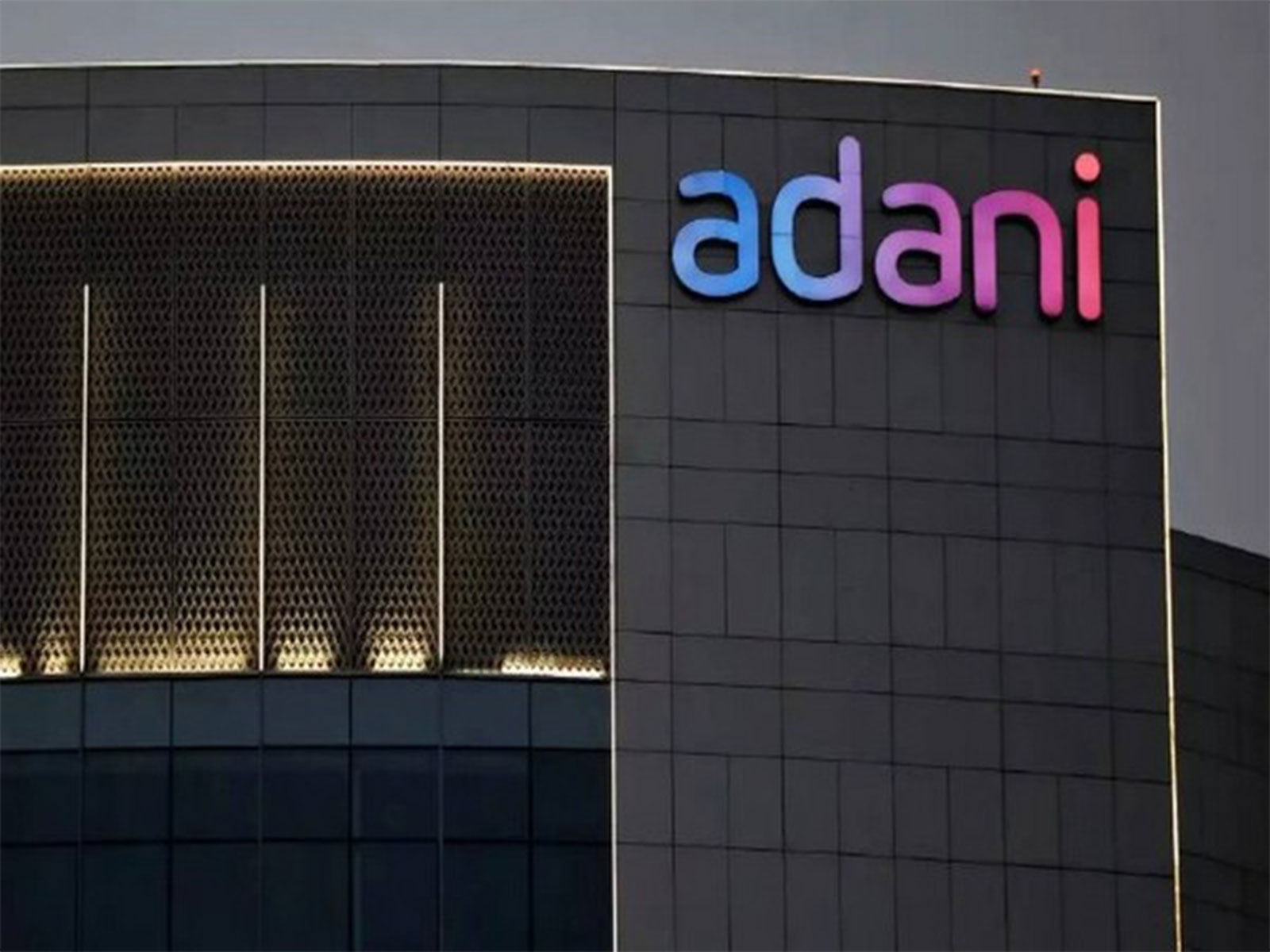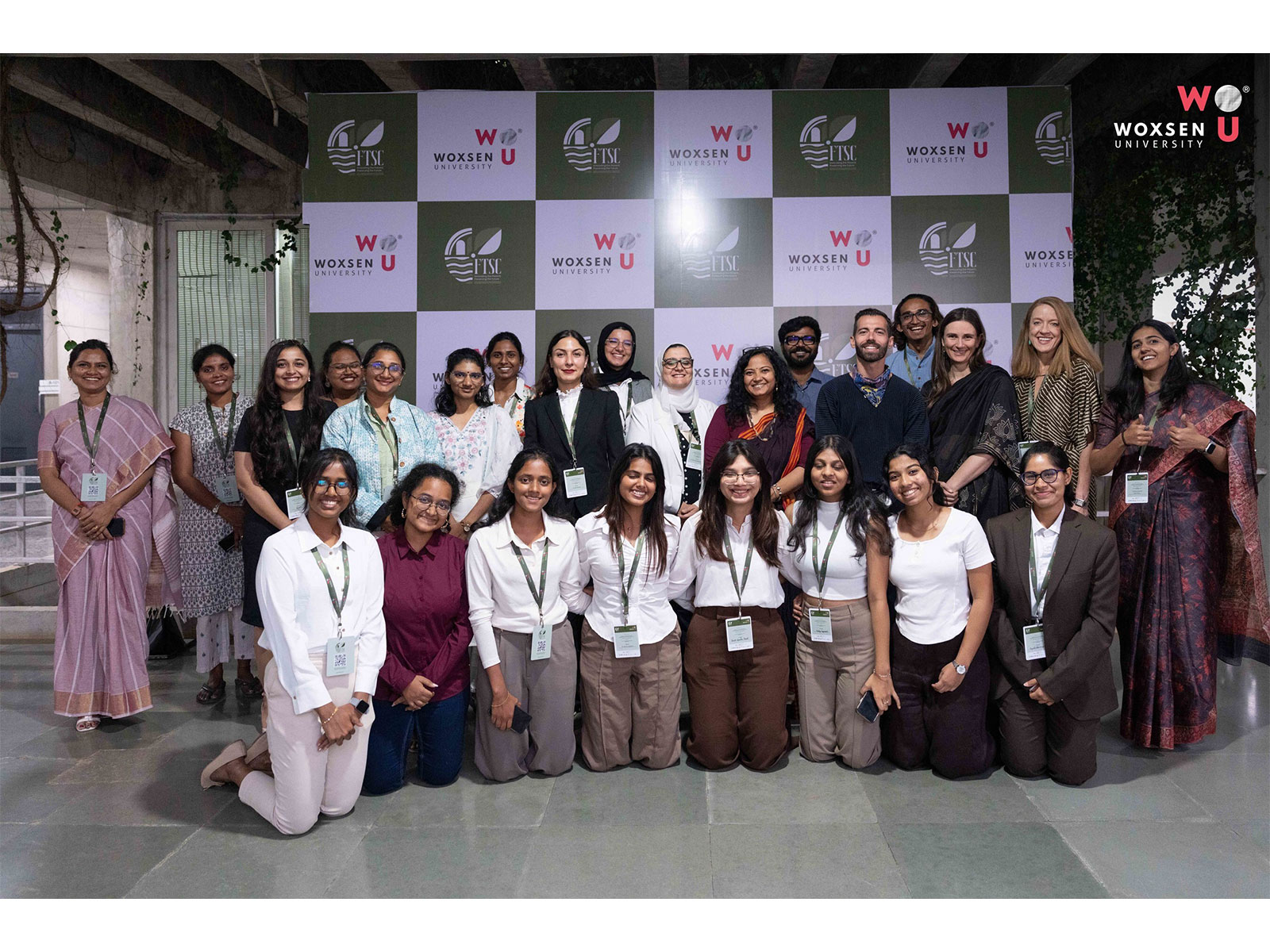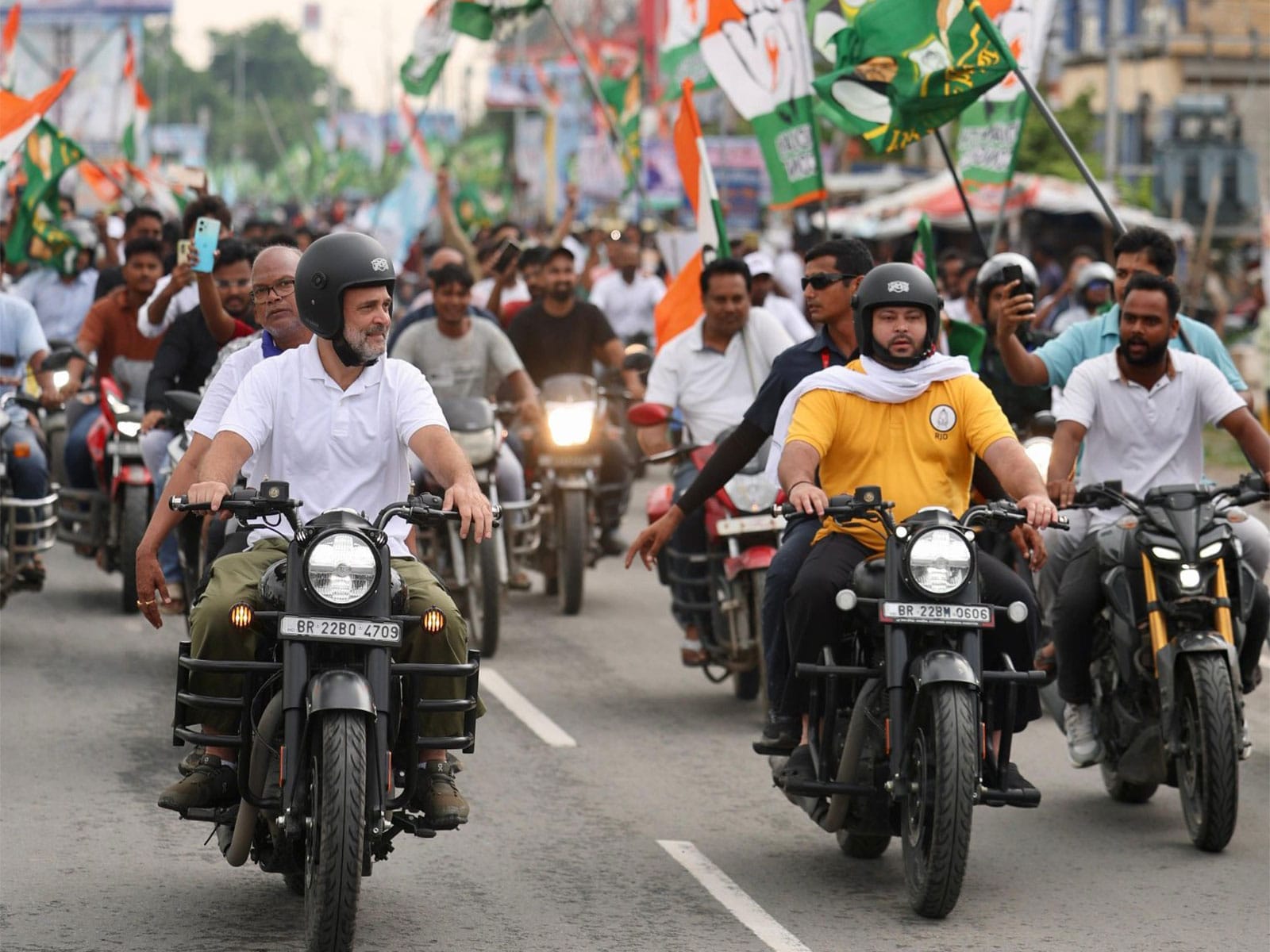
Stagnant caste coalition, jungle raj legacy, poor coordination leads to Gathbandhan failure in Bihar polls
Nov 14, 2025
By Medha Singh
Patna (Bihar) [India], November 14 : The Mahagathbandhan's ambitious attempt to reclaim power in the Bihar assembly election fell short as the ruling National Democratic Alliance (NDA) projected a landslide victory on over 200 seats, with early leads revealing deep structural weaknesses within the Opposition bloc.
A mix of organisational lapses, a stagnant caste coalition, the persistence of the "Jungle Raj" narrative, Congress's insistence to harp on the 'Vote Theft' allegation made the circumstances tough for the Mahagathbandha to win the assembly polls.
Rashtriya Janata Dal entered the 2025 contest with its traditional Muslim-Yadav (MY) vote bank, together constituting roughly 30 per cent of Bihar's electorate. While historically robust, this foundation was insufficient in a triangular and highly competitive election. RJD leader Tejashwi Yadav struggled to penetrate the Extremely Backward Classes (EBCs), Dalits and aspirational youth who have steadily gravitated toward the JD(U)-BJP combine over the last decade.
The MY formula, crafted by Lalu Prasad Yadav in 1990 in the aftermath of the Bhagalpur riots, had once propelled the party to uninterrupted power until 2005.
However, in the 2025 polls, early leads indicated that Tejashwi could not expand beyond this conventional vote bank. The much-publicised 2023 caste survey, pitched by the RJD as a landmark for backward caste empowerment, failed to translate into cross-sectional traction, with critics calling it a political tool rather than a transformative measure.
As a result, RJD's reliance on its old formula proved limiting at a time when Bihar's electoral map is shaped by newer socio-economic aspirations.
Despite Tejashwi Yadav's vigorous attempt to reposition the RJD as a party of governance and welfare, the shadow of the 1990-2005 period, widely labelled "Jungle Raj", remained a powerful deterrent for many voters. The phrase, first used by the Patna High Court in 1997, continues to symbolise an era marked by rampant kidnappings, caste violence, extortion, lawlessness and economic deterioration.
Crime data from that period remains etched in public memory: kidnappings rose by nearly 66 per cent, recurring caste massacres such as the Bathani Tola and Laxmanpur Bathe killings, and the notorious criminalisation of politics under figures like Mohammad Shahabuddin. High-profile murders of IAS officers, MLAs and bureaucrats continue to feature in political narratives every election season.
The NDA, particularly JD(U), successfully reinforced this contrast by highlighting how elections today occur with minimal violence compared to previous decades, citing that during the 1985, 1990 and 1995 polls, dozens were killed and repolling was ordered across hundreds of booths. Nitish Kumar's image of stability and improved law and order overshadowed Tejashwi's promises of change.
The 1985 elections saw 63 deaths and repolling in 156 booths; in 1990, 87 deaths were reported; in 1995, the elections were postponed four times due to rampant violence under Chief Election Commissioner TN Seshan; and in 2005, repolling was ordered in 660 booths.
In contrast, the 2025 elections recorded zero repolling and zero violence, an outcome the NDA has hailed as a testament to improved law and order.
Congress, a crucial component of the Mahagathbandhan, saw a continued slide in its vote share and strike rate. By mid-day trends, the party led in just four seats, down from 19 in 2020 and 27 in 2015. Even after contesting 60 seats this cycle, its diminishing organisational presence hurt the alliance significantly.
In 2020, Congress was labelled the "drag factor", a characterisation that resurfaced in 2025 as the party once again failed to convert its vote share into seats.
Mukesh Sahani's VIP, projected as the alliance's Nishad-EBC face and deputy CM contender, performed below expectations as well, failing to mobilise the boatmen community as effectively as anticipated.
The RJD also saw its tally shrink, from 75 seats in 2020 to far fewer this time, revealing a broader erosion of the Mahagathbandhan's traditional support base.
A high-decibel campaign by Congress leader Rahul Gandhi, alleging "vote chori" (vote theft), irregularities in the Special Intensive Revision (SIR) of the voter list, and concerns over electoral manipulation, failed to gain public traction. A 16-day Congress's Voter Adhikar Yatra was unable to shift voter sentiment, which remained focused on local governance, welfare delivery, women's self-help groups, and Nitish Kumar's administrative continuity.
Bihar's electorate appeared fatigued with unsubstantiated claims of manipulation and more responsive to the NDA's narrative of social stability, women-led development, welfare schemes and reservation reforms. National-level accusations did not resonate in a state where immediate economic and social stability drives voting behaviour.
The Mahagathbandhan's internal cohesion broke down on the ground. Despite several rounds of top-level negotiations, the alliance failed to prevent "friendly fights" in 11 seats, an especially damaging lapse in a state where margins are notoriously narrow. Congress and the RJD clashed in five seats, while Congress and the CPI clashed in four, and the RJD and VIP clashed in two constituencies.
Given that in 2020, the difference between NDA and Mahagathbandhan was just 0.03 per cent vote share and 15 seats, such overlaps likely cost the alliance multiple winnable constituencies this time too.
The coalition also suffered from poor booth-level mobilisation compared to the NDA's well-oiled machinery, a lack of a unified message, with RJD pushing caste narratives, Congress stressing electoral integrity, and Left parties focusing on labour issues. It also had conflicting personalities and parallel campaigns, which weakened the alliance's pitch to undecided voters.
The Mahagathbandhan--comprising RJD, Congress, CPI-ML, CPI, CPM and VIP--entered the race with a wide ideological spectrum but without a coherent strategic centre. In contrast, the NDA ran a synchronised, message-driven campaign projecting stability, governance and development.
Meanwhile, Nitish Kumar announced over Rs 1 crore (Rs 10,000 each) into the bank accounts of Jeevika Didis, which was one of the major attractions for voters.
As counting progresses for the Bihar Assembly elections, early leads indicate a strong and commanding lead for the National Democratic Alliance (NDA), signalling what could be one of Chief Minister Nitish Kumar's most decisive electoral victories.
The trends suggest that the renewed JD(U)-BJP partnership, backed by Prime Minister Narendra Modi's nationwide popularity, is steering the ruling National Democratic Alliance (NDA) toward a sweeping mandate of over 243 seats assembly.
For Nitish Kumar, who has governed the state for nearly two decades, this election has been widely viewed as a test of both political endurance and public trust. Once celebrated as "Sushashan Babu" for pulling Bihar out of the shadows of what was often termed the "jungle raj," the Chief Minister has in recent years confronted signs of voter weariness and questions over his shifting political alignments.
Bihar recorded a historic 67.13 per cent voter turnout, the highest since 1951, with women voters outpacing men (71.6 per cent vs 62.8 per cent). This may be one of the reasons for the landslide victory of "Sushashan Babu".
In 2020, polling took place in three phases. The National Democratic Alliance (NDA) had secured 125 seats, while the opposition Mahagathbandhan (MGB) won 110.
Among the major parties, the Janata Dal (United) secured 43 seats, the BJP secured 74, the RJD secured 75 seats, and the Congress secured 19. The JD(U) contested 115 constituencies, the BJP 110, whereas the RJD contested 144 seats and the Congress 70.
